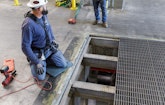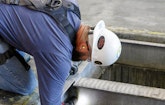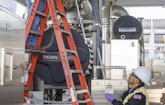
Mike Ewing, lead operator of OCWD’s Groundwater Replenishment System in the treatment plant. (Photography by Matt Dayka)
The recently completed $310 million final phase of a wastewater recycling program is helping the Orange County Water District meet a challenging mission: Keep replenishing the Orange County Water Basin, arguably the region’s most valuable natural resource.
Protecting the...




















